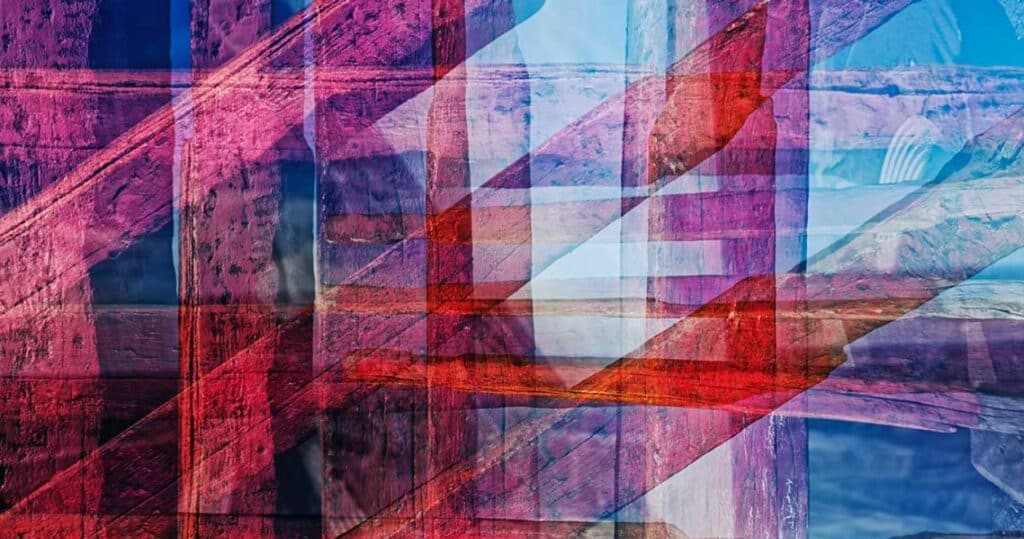In the world of art, there is a moving space where inspiration dances with motion. What I want to do is learn more about Famous Kinetic Artists, the creative people who bring their works to life through movement. Imagine sculptures that move slowly in the wind or pieces that come to life when you touch them. This is the interesting area where Famous Kinetic Artists work, where rigidity gives way to movement.
I find it interesting how these artists can blur the lines between art and viewers in their work. Through each kinetic work of art, they ask you to be an active part of the experience, using not only your eyes but also your sense of wonder. By using complex interactions between physics and aesthetics, Famous Kinetic Artists question common ideas about how still art should be and encourage you to enjoy the beauty of always being in motion.
In the gallery of Famous Kinetic Artists, names like Alexander Calder, Jean Tinguely, and Arthur Ganson stand out as giants. Their works show how versatile movement can be in art. With each piece they make, they invite you into a world where your mind is unlimited and everyday things become extraordinary. Come with me as I celebrate the creativity and genius of Famous Kinetic Artists. We’ll be going on a magical trip through the worlds of motion and art.
Read More: Top 10 Most Famous Artists You Must Know About
10 Famous Kinetic Artists Who Are Bringing Art to Life
I love kinetic art so much! The art world feels so alive and full of movement because of it. This is so interesting to watch come to life.
Have you heard of these well-known kinetic artists? They make things move. Their amazing work is making it hard to tell the difference between art and real life!
Alexander Calder

About:
- Born: July 22, 1898
- Died: November 11, 1976
- Education: Stevens Institute of Technology, Art Students League of New York
- Known for inventing the mobile
- Pioneered kinetic art
Kinetic art pioneer Alexander Calder (1898–1976) was an American sculptor. Calder, known for his mobiles, developed abstract, moving patterns that dance with the slightest breeze. His wire-hung mobiles were delicately balanced, producing harmony and motion.
Calder’s work blended sculpture and performance, inviting viewer participation. He created stabiles, enormous outdoor sculptures that brought humour and movement to public settings. Calder’s creative style inspires artists worldwide.
Jean Tinguely

About:
- Born: May 22, 1925
- Died: August 30, 1991
- Renowned for his self-destructing machines
- His work often incorporated recycled materials
- Married Niki de Saint Phalle
Jean Tinguely was a Swiss artist most known for his creation of robots that could destroy themselves. Tinguely’s machines were frequently constructed from repurposed materials and discarded items.
They were built to move around and produce noise, and at the conclusion of their performance, they would frequently blow up on their own. Tinguely’s devices served as a scathing indictment on materialism and the contemporary world.
George Rickey

About:
- Born: June 6, 1907
- Died: July 17, 2002
- Known for his kinetic sculptures powered by wind or motors
- Influenced by Constructivism and the Bauhaus movement
- Studied engineering and art
Kinetic sculptor George Rickey (1907–2002) was noted for his unique creations that included movement and balance. Born in America, Rickey studied engineering before becoming an artist, which impacted his dynamic sculptures. He used lightweight materials like stainless steel to create delicate yet dynamic sculptures, captivated by form and motion.
Rickey’s sculptures combine precise engineering and elegant movements, typically responding to wind or other environmental variables. He left a legacy in kinetic art in public spaces and institutions worldwide.
Lyman Kipp

About:
- Born: 1945
- Creates large-scale kinetic sculptures
- Known for incorporating industrial materials
- Often explores themes of movement and balance
Innovating kinetic sculptures were Lyman Kipp’s (1929–2014) speciality. Born in Philadelphia, his motion-based sculptures became famous in the 1960s. Geometric forms and stainless steel made Kipp’s sculptures lively and defying gravity.
Light and shadow intrigued him, enhancing his works’ visual appeal. Kipp was renowned for his kinetic art, which was displayed in top galleries and museums worldwide. His legacy inspires current sculptors who combine movement and sculpture.
Anthony Howe

About:
- Born: 1954
- Creates mesmerizing kinetic sculptures driven by wind
- Designs range from small tabletop pieces to large outdoor installations
- Self-taught artist
Anthony Howe is a famous kinetic artist whose wind-powered sculptures move. Howe, born in 1954 in Salt Lake City, Utah, creates delicate, fluid pieces. His stainless steel, aluminium, and copper sculptures fluidly shift and move in reaction to natural forces, inspiring awe.
Howe’s hauntingly beautiful works have been shown in shows and installations worldwide, highlighting the harmonious interaction between art and the environment.
Janet Echelman

About:
- Born: February 19, 1966
- Known for her monumental, fluid-like sculptures made of netting
- Inspired by natural phenomena like weather patterns and human movement
- Recipient of numerous awards and honors
Known for her dynamic sculptures built from netting and fiber, Janet Echelman is an American artist who lives and works in New York City. The sculptures created by Echelman are frequently site-specific and huge in scale.
They are intended to engage with the air currents and the surrounding environment, and the sight of them in action can be quite stunning.David C. Roy (born 1951)
David C. Roy

About:
- Born: 1951
- Creates mesmerizing kinetic sculptures driven by mechanical gears and weights
- Designs often feature intricate wooden components
- Known for his precise craftsmanship and attention to detail
David C. Roy’s amazing kinetic sculptures combine art and engineering. Roy, from Connecticut, creates lovely, fluid movements with sophisticated wooden gears and mechanisms. His sculptures, inspired by wind and water, are captivating with their rhythmic motion.
Roy’s intricate work is in galleries, museums, and private collections worldwide. Roy encourages viewers to consider motion and art-science relationships through his art. He continues to amaze with his masterpieces.
Chris Burden

About:
- Born: April 11, 1946
- Died: May 10, 2015
- Notable for performance art and large-scale installations
- Created controversial works exploring themes of violence and vulnerability
- Professor of art at the University of California, Los Angeles
Chris Burden was a well-known American artist who was best recognized for his kinetic sculptures and performance art throughout his lifetime. The human condition, as well as grief and suffering, were common topics that were addressed throughout Burden’s writing.
His kinetic sculptures frequently pushed the limits of what could be deemed art because they were notoriously difficult to understand and potentially hazardous.
Theo Jansen

About:
- Born: March 14, 1948
- Dutch artist known for his Strandbeests, large wind-powered sculptures
- Background in physics and engineering
- Has a unique approach blending art and science
Theo Jansen is a well-known Dutch artist who is most recognized for creating the kinetic sculptures known as Strandbeests. Large-scale sculptures known as “Strandbeests” are fabricated out of PVC pipes and fabric.
They are constructed in a way that allows them to move over the beach by utilizing the force of the wind. The concept of a machine is interpreted in a light-hearted and whimsical manner in Jansen’s Strandbeests.
Aaron Draplin

About:
- Born: October 15, 1973
- Graphic designer known for his bold, retro-inspired work
- Founded Draplin Design Co. in 2004
- Creates logos, posters, and other graphic elements
Aaron Draplin is a well-known graphic designer and artist from the United States. He is best known for creating kinetic sculptures out of wood and metal.
His passion for design and typography frequently serves as a source of creativity for Draplin’s sculptures. They frequently exhibit a sense of whimsy and playfulness, and it can be quite enjoyable to gaze at them.
Verdict
Kinetic sculpture is an interesting area of art that brings things to life, and its changing shapes and complicated movements can mesmerise people who see them. Through the visionary works of these artists, we are asked to explore what motion is all about and the beauty of change.
These works show us where art, engineering, and philosophy meet. In the area of kinetic art, progress is being made that shows how the human spirit is always getting better at being original and creative.





